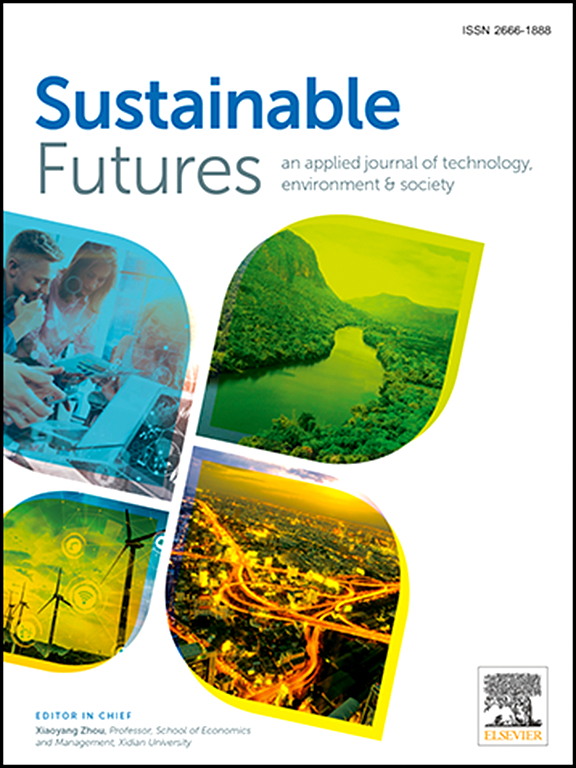Explaining the transmission mechanism of social-ecological systems adaptive cycling on path dependency in resource-based cities: Evidence from Shanxi Province, China
IF 3.3
2区 社会学
Q2 ENVIRONMENTAL SCIENCES
引用次数: 0
Abstract
Path dependence has resulted in industrial structure solidification, social structure convergence, and insufficient power for transformation and innovation in resource-based cities, which is the root cause of these cities falling into a locked state. For a long time, many theoretical insights and concepts have been generated from research on the phenomenon of path dependence in resource-based cities and resolve strategies. However, research on the factors causing the ‘resource curse’ in process and their transmission mechanisms remain incomplete. In particular, the value of the social-ecological systems’ mechanism in enhancing resilience requires further emphasis. In this paper, the adaptive cyclic evolution characteristics of the social-ecological systems in Shanxi Province were examined based on the implementation of industrial green transformation policies from 2006 to 2020, and the limiting factors and transmission mechanisms were identified. The results indicated that industrial transformation policies significantly enhance potential and resilience. In contrast, investment in social and human capital, technological innovation, social infrastructure, urban cultural values, and service capacity promote advancement in the adaptive cycle. Furthermore, based on differences in the timing of these advancements, resource-based cities were categorized into development-stopping, normal development, and leapfrog development. We conclude with some strategies, including improving social infrastructure, raising scientific and technological standards, narrowing the urban-rural divide, and enhancing the value of historical and cultural resources, to break the path dependence and move towards sustainable development.
求助全文
约1分钟内获得全文
求助全文
来源期刊

Sustainable Futures
Social Sciences-Sociology and Political Science
CiteScore
9.30
自引率
1.80%
发文量
34
审稿时长
71 days
期刊介绍:
Sustainable Futures: is a journal focused on the intersection of sustainability, environment and technology from various disciplines in social sciences, and their larger implications for corporation, government, education institutions, regions and society both at present and in the future. It provides an advanced platform for studies related to sustainability and sustainable development in society, economics, environment, and culture. The scope of the journal is broad and encourages interdisciplinary research, as well as welcoming theoretical and practical research from all methodological approaches.
 求助内容:
求助内容: 应助结果提醒方式:
应助结果提醒方式:


